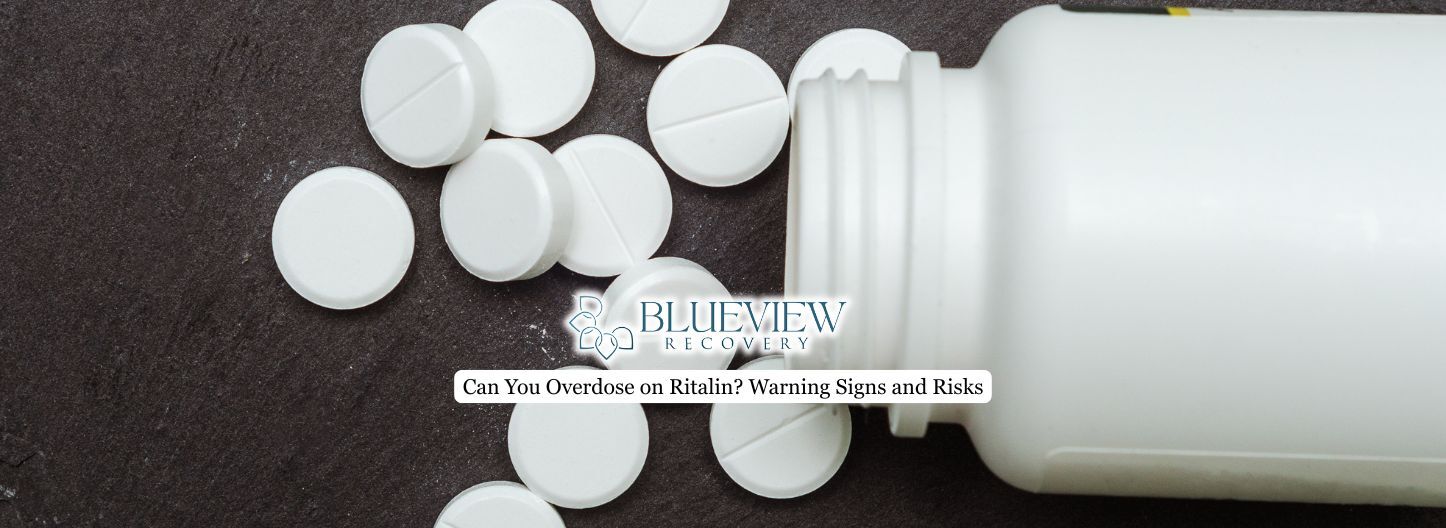Benzodiazepines are widely prescribed for conditions such as anxiety, insomnia, and seizure disorders. While effective, these medications can remain in the body for varying lengths of time, depending on several factors. Understanding how long they stay in your system is important for medical safety, recovery monitoring, and managing potential risks.
This article explains what affects detection times, how long different tests can identify these drugs, and why this knowledge matters for both patients and individuals in recovery.

Factors Influencing Benzo Detection Times
The type of prescription is a major factor. Short-acting drugs like alprazolam (Xanax) usually clear the system quickly, while long-acting options such as diazepam (Valium) may remain detectable for weeks. The dosage also plays a role, with higher amounts and continuous use extending elimination time.
Age, liver function, body mass, hydration, and metabolism all affect how efficiently the body processes the drug. People with slower metabolism or impaired liver function typically clear substances more slowly. These factors show that two people can take the same prescription yet have very different detection times. They also influence how treatment for benzodiazepine addiction is tailored, since providers must account for individual health profiles and recovery needs.
Typical Detection Windows
- Urine tests: The most common testing method. Short-acting drugs may be detectable for 3 to 7 days, while extended-release medications may show up for several weeks to 6 weeks.
- Blood tests: Offer a narrower window, typically 12 to 48 hours after use. These tests are less common but may be used in medical or legal situations.
- Saliva tests: Can identify use for up to 2–3 days. This method is less invasive but not always as reliable as urine tests.
- Hair tests: Provide the most protracted window, detecting use for up to 90 days or more. Hair testing can give insight into chronic patterns of use rather than recent intake.
Because these time frames vary, results should always be interpreted with caution, particularly in medical or recovery settings.
Short-Acting vs. Long-Acting Medications
Short-acting medications such as triazolam and alprazolam are processed and eliminated more quickly, often within a few days. These are often prescribed for short-term relief, such as managing panic attacks or sleep disturbances.
Long-acting medications like clonazepam and diazepam remain active in the body much longer. They may accumulate with repeated use, extending detection times for several weeks or more in chronic users. This lingering presence not only affects drug testing but can also have the worst impact on withdrawal experiences when stopping the medication.

Why Duration Matters
For people using benzos under medical supervision, awareness of elimination times helps prevent harmful drug interactions, especially when combined with alcohol, opioids, or other central nervous system depressants. In recovery or monitoring situations, detection windows help ensure accountability and support progress toward sobriety.
The lingering effects can influence daily functioning. Even after the noticeable calming effects wear off, residual amounts may impact alertness, coordination, and memory. This can increase risks during activities such as driving or operating machinery.
Managing Withdrawal
If the drug is stopped suddenly, withdrawal symptoms may appear. These can include anxiety, restlessness, muscle tension, tremors, and cause seizures. Long-acting types often produce a slower but extended withdrawal process, while short-acting versions may trigger more rapid and intense symptoms.
For this reason, medical supervision is critical when tapering off. A gradual reduction plan guided by professionals helps minimize risks and supports a safer transition. The duration of the drug in the body will often determine how tapering should be approached.
Final Thoughts from Blueview Recovery
These medications can remain in the system for hours, days, or even weeks, depending on the type, frequency of use, and an individual’s health profile. Awareness of these detection windows is essential for safety, recovery planning, and avoiding harmful interactions.
At Blueview Recovery, we recognize the challenges of dependence and the risks tied to prolonged use of prescription meds. Our benzo addiction treatment program in Philadelphia, PA, provides structured care that combines medical oversight with therapeutic support, helping individuals safely navigate withdrawal and begin lasting recovery. With evidence-based strategies and a focus on long-term wellness, we guide clients toward rebuilding stability and achieving sustainable healing.





